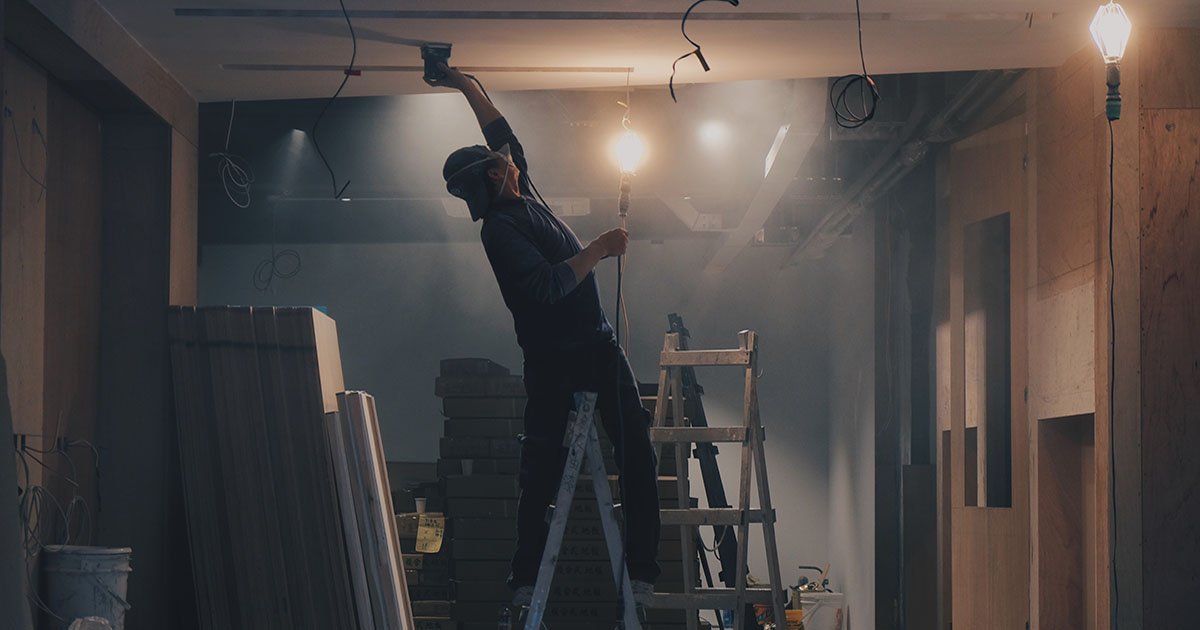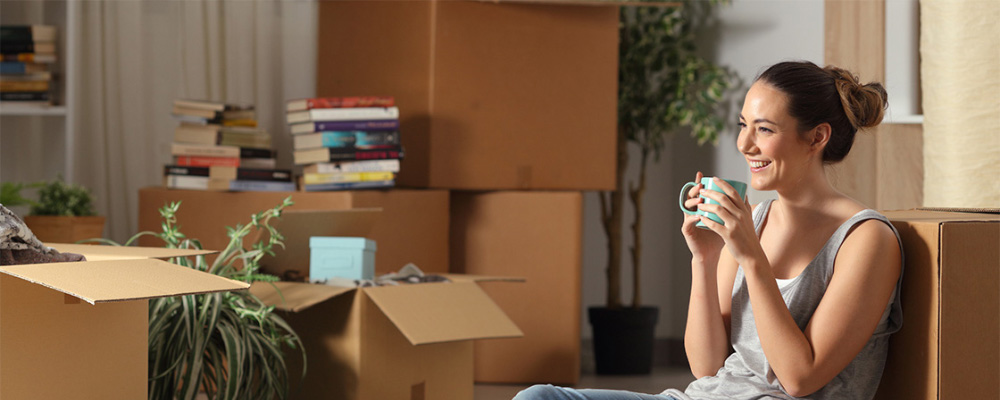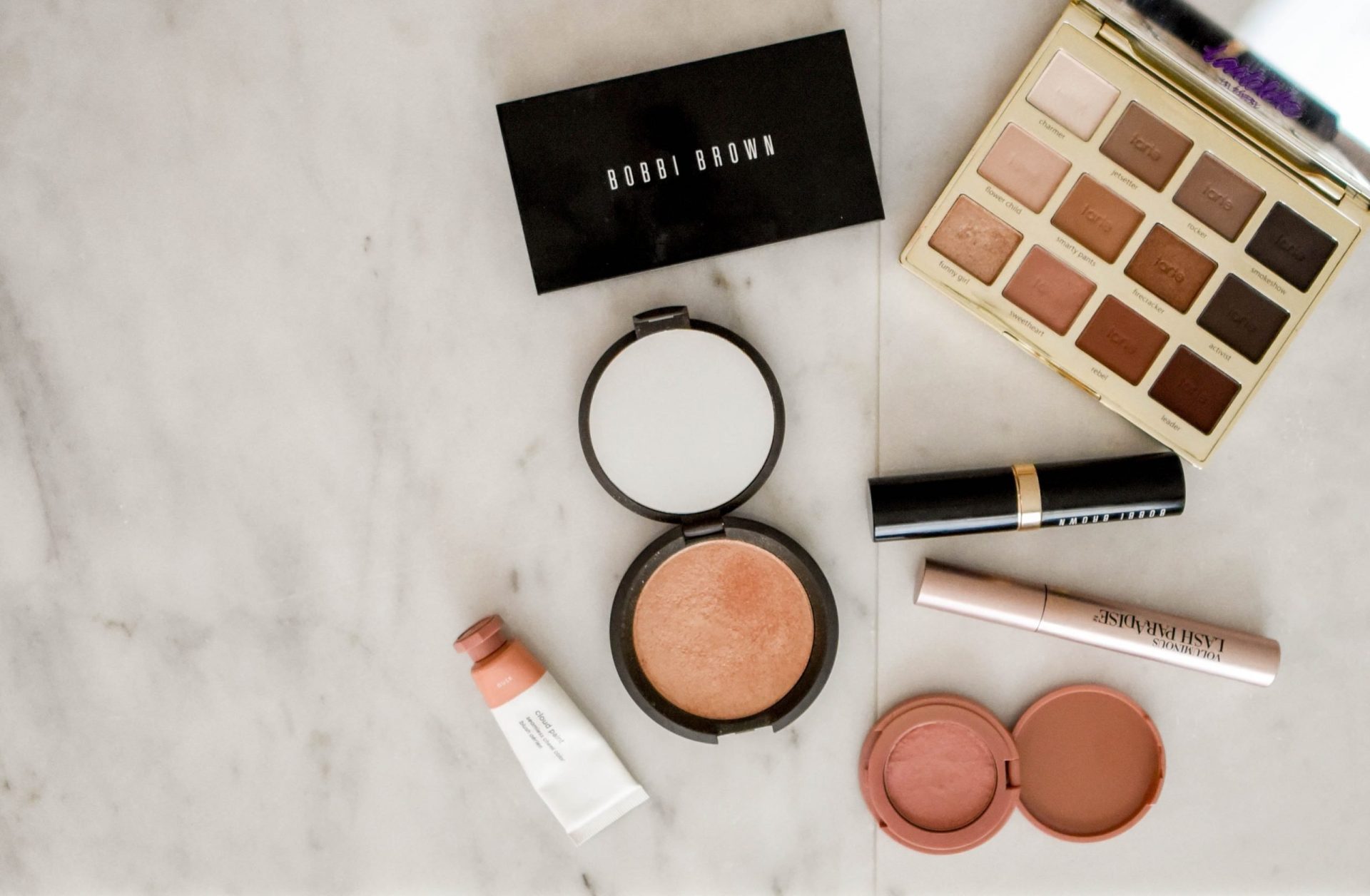Storage Unit Organisation: Managing Your Space
Table of Contents
Do you ever wish you were a little more organised? I know I do! But it’s not until I began research for this piece that I realised how much my lack of planning could be costing me.
Your home storage unit is a fantastic space for de-cluttering the home and making the most of your space – but it’s by no means a dump itself. Before we offer a framework for your storage unit organisation, keep these two statistics in mind:
- According to a study conducted by a Boston marketing firm, the average American burns 55 minutes a day–roughly 12 weeks a year–looking for things they know they own but can’t find (Newsweek).
- The average value of a lost item is $176.25 and the average person irretrievably loses $95.78 of stuff each year.
Now with our prayers to Saint Anthony, we might not be as unlucky as our American counterparts.
However, do ask yourself, over the past year how much time and money have you wasted from a lack of organisation? I’m sure if you were honest you’ve probably wasted a lot more than you would’ve thought.
Storage Unit Organisation: Managing your Space Properly
If you’ve de-cluttered properly, organisation in the home shouldn’t be a major issue. It’s surprising how many people forget basic planning when filling a storage space though. Both to ensure items are stored safely and to access them easily, you need to be smart when storing. Just because you don’t necessarily need these things on a daily basis doesn’t negate the importance of storage unit organisation.
Here’s our plan to help overcome any storage clutter dumps.
Step 1: Choose the Right Sized Unit
If you’re unsure as to how much space you’ll need, check out our storage unit size guide to get started. You may never have considered it, but the actual size of your unit will dictate what plan you put in place. Will everything sit on the floor to be easily accessible, or be stacked high to maximise space?
Ideally, you should only use as much space as you need for your items. Too much space and units easily become a clutter trap for what you would’ve disposed of otherwise. Too little space and your valuables could get damaged.
This is a bigger decision than you think, that’ll either save or cost money in the long run. Take time to consider it and you’ll be onto a winner.
Step 2: Create a Plan
A big mistake many self-storage users make is just throwing all their boxes in without rhyme nor reason. Dumping everything in on top of each other is devoid of any logic or rationale – and can make finding one specific item a nightmare.
Structure your boxes with a plan such as:
- Christmas/Halloween decorations all together as you’ll need them every year.
- Furniture to the back and in a corner as manoeuvring around it can be tricky.
- Fragile items grouped together for safekeeping.
- Stack inside fridges, wardrobes and bedframes to maximise space.
- Heavy boxes and items stay on the ground as a foundation for stacking and easy lifting.
- Leaving a walkway in the middle of the unit for easy access to everything.
This is all common sense but so many units are totally disorganised and without even a basic plan. Storage unit organisation is all about keeping everything simple. Use whatever method works for you and you’ll be able to properly manage your unit without any hassle.
Step 3: Make a List
Believe it or not, but you’re not going to remember where every specific item is in 12 months’ time when you go looking for one thing. Although you might have an idea as you store everything, 10 identical boxes stacked upon one another blend into each other after a while.
With every visit to your unit, inventory as you go. Document both what comes in and out, and list where it all is. Not only will this make every visit pleasant, but it’ll give you piece of mind when you’re not sure if something is in storage or not.
Step 4: Label Everything
There’s no point in a comprehensive list if you don’t label all boxes. As we’ve said above, identical boxes all blend into one another once stacked.
Either number or name each box on all four sides facing outwards. No matter where they’re put or how they’re moved, you’ll always know exactly what’s in them.
You can also provide specific descriptions of each box to ensure safety for any handlers including:
You don’t want to be pulling your back out lifting the wrong box so label properly, and you’ll be all clear.
Step 5: Fill the Boxes
Filling your boxes ensures everything stays nice and square. If you’re stacking half-filled boxes, there’s a chance they’ll lean and sag over time.
It’s just as important not to overfill though, as you’re increasing the weight of everything and also round off the tops to create instability.
Try and keep all boxes to the same size, with a max of two different sizes if necessary. Safe stacking and packing is all about keeping everything square and evenly distributed.
Storage Unit Organisation: Do You Have a Plan?
If you feel your storage unit could do with some organisation, use these tactics to get yourself started. Storage unit organisation will maximise your space, leave everything accessible and ensure nothing gets damaged.
If you don’t have a unit but thinks it’s the right option for you, make sure to get in touch for a free quote now!
Table of Contents
Related Posts
- September 16, 2025|1 min read







